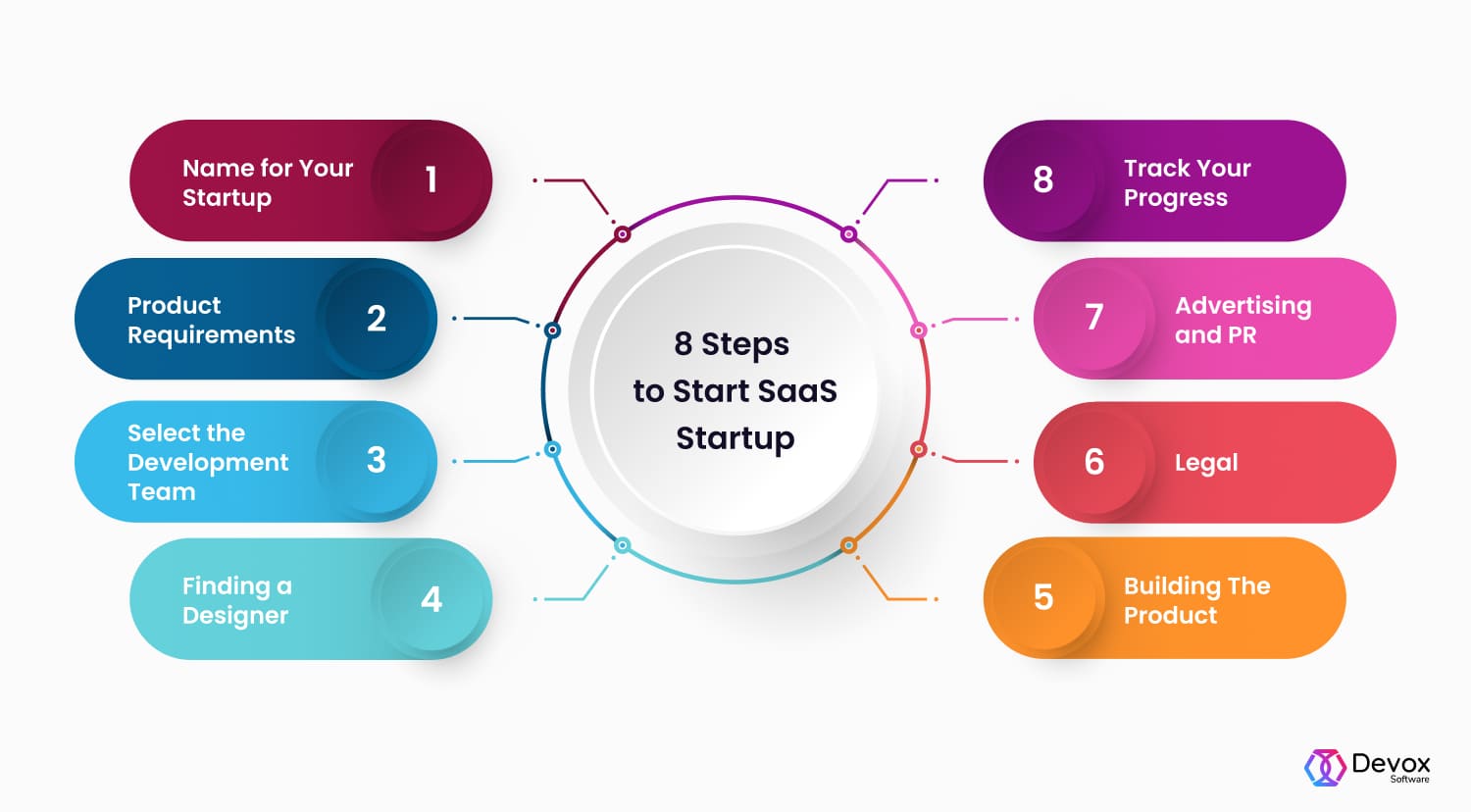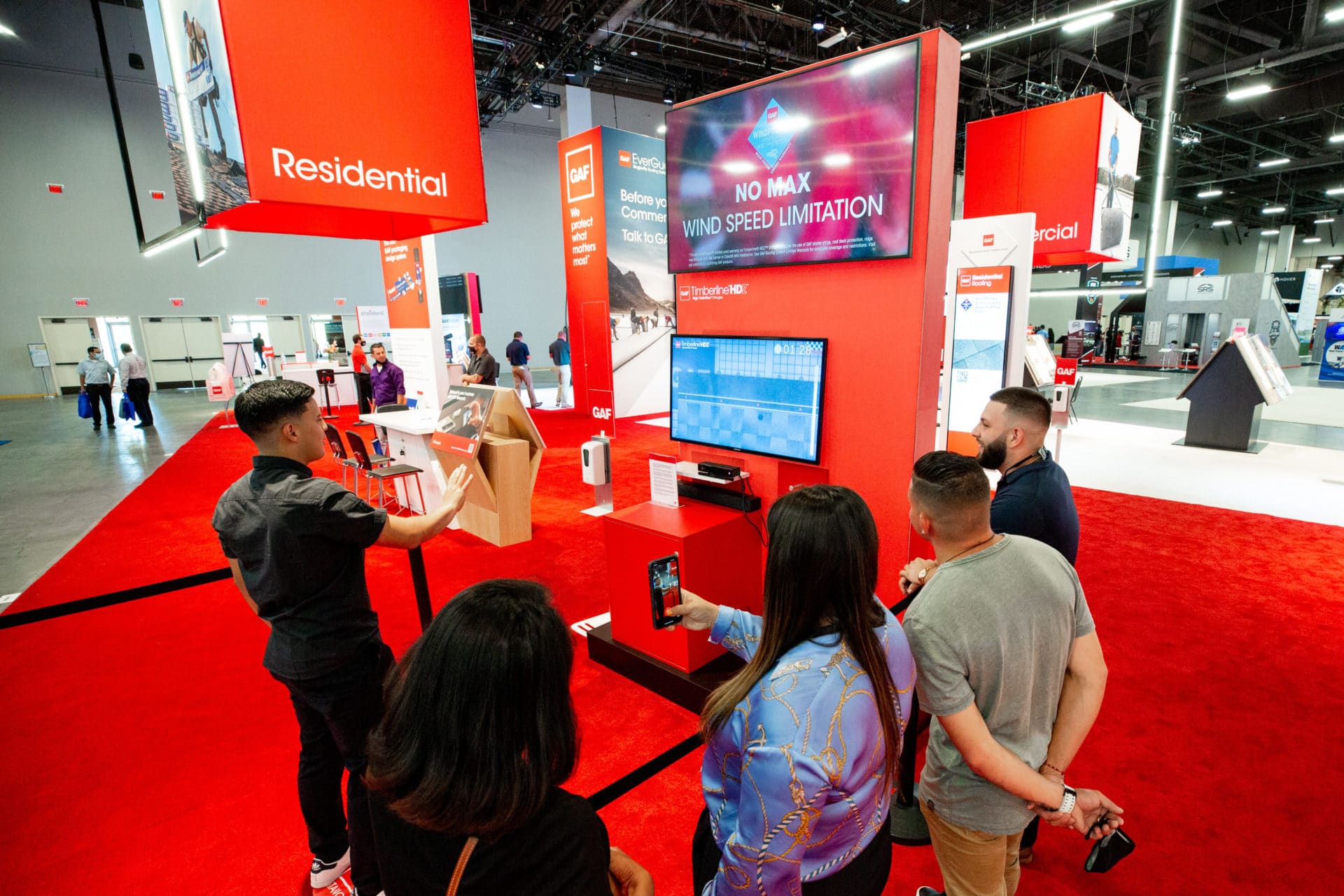Why Trade Shows Matter for SaaS Startups
Trade shows are a crucial component of a SaaS startup’s growth strategy, offering a unique opportunity to connect with potential customers, partners, and industry experts. By participating in SaaS startup trade shows, companies can increase their brand visibility, generate high-quality leads, and establish themselves as thought leaders in their niche. In a competitive market where differentiation is key, trade shows provide a platform for SaaS startups to showcase their innovative solutions and build meaningful relationships with their target audience.
One of the primary benefits of trade shows for SaaS startups is the chance to network with potential customers and partners. By attending trade shows, companies can connect with decision-makers and influencers who are actively seeking solutions to specific pain points. This face-to-face interaction allows SaaS startups to build trust, demonstrate their expertise, and showcase their products or services in a more engaging and memorable way than traditional marketing channels.
In addition to networking opportunities, trade shows also offer SaaS startups a chance to generate high-quality leads. By showcasing their products or services and providing value-added content, such as demos, workshops, or presentations, companies can attract potential customers who are interested in learning more about their solutions. This targeted lead generation can help SaaS startups to fill their sales pipeline and drive revenue growth.
Furthermore, trade shows provide SaaS startups with a platform to establish themselves as thought leaders in their industry. By participating in panel discussions, presenting case studies, or showcasing their expertise through workshops or presentations, companies can demonstrate their knowledge and expertise, build credibility, and increase their brand visibility. This thought leadership can help SaaS startups to differentiate themselves from competitors, attract top talent, and build strategic partnerships.
In conclusion, trade shows are a vital component of a SaaS startup’s growth strategy, offering a unique opportunity to connect with potential customers, partners, and industry experts. By participating in SaaS startup trade shows, companies can increase their brand visibility, generate high-quality leads, and establish themselves as thought leaders in their niche. Whether you’re a seasoned trade show veteran or just starting out, incorporating trade shows into your marketing strategy can help your SaaS startup to achieve its growth objectives and succeed in a competitive market.
How to Choose the Right Trade Shows for Your SaaS Startup
Selecting the right trade shows for your SaaS startup is crucial to maximizing your return on investment and achieving your business objectives. With numerous trade shows taking place throughout the year, it’s essential to carefully evaluate each event to determine which ones align with your company’s goals and target audience.
When choosing a trade show, consider the following factors:
- Target audience: Ensure the trade show attracts your ideal customer demographic, including industry, job function, and company size.
- Industry focus: Align the trade show with your SaaS startup’s industry or niche to increase relevance and engagement.
- Exhibition format: Consider the type of exhibition, such as a conference, expo, or summit, and whether it offers opportunities for networking, lead generation, and brand visibility.
- Speakers and content: Evaluate the quality of speakers, presentations, and workshops to ensure they align with your company’s expertise and interests.
- Attendee engagement: Research the trade show’s attendee engagement strategies, such as networking events, roundtable discussions, and social activities.
Popular trade shows for SaaS startups include:
- SaaStr: A premier conference for SaaS founders, executives, and investors, focusing on growth, marketing, and sales strategies.
- Web Summit: A leading tech conference that brings together SaaS startups, investors, and industry experts to discuss innovation and growth.
- Dreamforce: A flagship conference for Salesforce customers and partners, offering insights into the latest SaaS trends, technologies, and best practices.
By carefully evaluating these factors and researching popular trade shows, SaaS startups can make informed decisions about which events to attend, ensuring a strong return on investment and maximum business impact.
Preparing for a Trade Show: A Step-by-Step Guide
Preparing for a trade show requires careful planning and execution to ensure a successful experience for your SaaS startup. A well-planned strategy can help you maximize your return on investment, generate high-quality leads, and establish your brand as a thought leader in the industry.
Here’s a step-by-step guide to help you prepare for a trade show:
Step 1: Set Clear Goals
Define your trade show objectives, such as generating leads, increasing brand awareness, or launching a new product. Establishing clear goals will help you focus your efforts and measure the success of your trade show participation.
Step 2: Design an Eye-Catching Booth
Create a visually appealing booth that reflects your brand’s identity and messaging. Consider the layout, graphics, and lighting to ensure your booth stands out from the competition.
Step 3: Train Your Staff
Ensure your staff is knowledgeable about your products or services and can effectively communicate your value proposition to attendees. Provide training on your trade show goals, target audience, and key messaging.
Step 4: Develop a Pre-Show Marketing Strategy
Promote your trade show participation through social media, email marketing, and other channels to generate buzz and attract attendees to your booth.
Step 5: Plan for Lead Generation and Follow-up
Develop a plan for collecting and following up with leads, including the use of lead scanning apps and CRM systems. Ensure you have a process in place for nurturing leads and converting them into customers.
By following these steps, you can ensure a successful trade show experience for your SaaS startup and maximize your return on investment.
Maximizing Your Trade Show Experience: Tips and Tricks
To get the most out of your trade show experience, it’s essential to have a solid strategy in place. Here are some expert tips and tricks to help you maximize your trade show experience and achieve your business objectives:
Engage with Attendees
Train your staff to engage with attendees, ask questions, and listen to their needs. This will help you build relationships, generate leads, and gather valuable feedback about your products or services.
Collect Leads Effectively
Use lead scanning apps or other technologies to collect leads efficiently and accurately. Make sure to follow up with leads promptly after the event to maximize conversion rates.
Follow Up After the Event
Develop a follow-up strategy to stay in touch with attendees, leads, and partners after the event. This can include email marketing campaigns, social media engagement, and phone calls.
Leverage Technology
Utilize technology, such as lead scanning apps, CRM systems, and social media, to streamline your trade show experience and maximize your return on investment.
Measure Your Success
Track and analyze your trade show performance using metrics such as lead generation, conversion rates, and ROI. This will help you evaluate the effectiveness of your trade show participation and make data-driven decisions for future events.
By implementing these strategies, you can maximize your trade show experience and achieve your business objectives. Remember to stay focused, engage with attendees, and follow up after the event to ensure a successful trade show experience for your SaaS startup.
Measuring the Success of Your Trade Show Participation
Evaluating the effectiveness of your trade show participation is crucial to understanding the return on investment (ROI) and making data-driven decisions for future events. Here are some key metrics to track and analyze:
Lead Generation
Track the number of leads generated at the trade show, including contact information, company name, and job title. This will help you understand the quality and quantity of leads generated.
Conversion Rates
Measure the conversion rate of leads to customers, including the number of leads that resulted in sales, demos, or trials. This will help you understand the effectiveness of your follow-up strategy.
Return on Investment (ROI)
Calculate the ROI of your trade show participation by comparing the cost of participation to the revenue generated. This will help you understand the financial impact of your trade show participation.
Customer Acquisition Cost (CAC)
Track the CAC of customers acquired at the trade show, including the cost of lead generation, follow-up, and conversion. This will help you understand the efficiency of your sales and marketing efforts.
By tracking and analyzing these metrics, you can gain valuable insights into the effectiveness of your trade show participation and make data-driven decisions to optimize your strategy for future events.
Additionally, consider using tools such as CRM systems, marketing automation software, and data analytics platforms to help you track and analyze your trade show performance.
Common Mistakes to Avoid at Trade Shows
While trade shows can be a valuable marketing opportunity for SaaS startups, there are common mistakes to avoid in order to maximize your return on investment. Here are some common pitfalls to watch out for:
Inadequate Preparation
Failing to prepare adequately for a trade show can lead to a lackluster experience and poor results. Make sure to set clear goals, design an eye-catching booth, and train your staff before the event.
Poor Booth Design
A poorly designed booth can be a major turn-off for potential customers. Make sure to create a visually appealing and engaging booth that effectively communicates your brand’s message and value proposition.
Ineffective Follow-up
Failing to follow up with leads and contacts after the event can lead to missed opportunities and wasted resources. Make sure to have a solid follow-up strategy in place, including email marketing campaigns and phone calls.
Insufficient Staffing
Having insufficient staffing at the booth can lead to a lack of engagement with attendees and poor customer service. Make sure to have a sufficient number of staff on hand to manage the booth and engage with attendees.
By avoiding these common mistakes, you can ensure a successful trade show experience and maximize your return on investment.
Additionally, consider the following best practices to avoid common mistakes:
- Conduct thorough research on the trade show and attendees before the event.
- Develop a comprehensive marketing strategy that includes pre-show, during-show, and post-show activities.
- Train your staff on the importance of engagement, lead generation, and follow-up.
- Monitor and adjust your strategy as needed during the event.
Leveraging Trade Show Connections for Long-Term Growth
Trade shows offer a unique opportunity for SaaS startups to connect with potential customers, partners, and industry experts. However, the value of these connections can be short-lived if not nurtured properly. To maximize the potential of trade show connections, it’s essential to have a strategy in place to build a strong network, collaborate with partners, and stay top of mind with potential customers.
Building a Strong Network
Attend trade shows with the intention of building relationships, not just collecting business cards. Take the time to engage with attendees, ask questions, and listen to their needs. This will help you establish a strong foundation for future collaborations and partnerships.
Collaborating with Partners
Identify potential partners and collaborators at trade shows and take the initiative to reach out to them. Discuss potential partnership opportunities, such as co-marketing initiatives, joint product development, or strategic investments.
Staying Top of Mind with Potential Customers
After the trade show, make sure to follow up with potential customers and stay top of mind. This can be achieved through regular email updates, social media engagement, or phone calls. By maintaining a strong connection with potential customers, you can increase the chances of converting them into paying customers.
By leveraging trade show connections, SaaS startups can unlock long-term growth opportunities and establish themselves as industry leaders. Remember to prioritize building relationships, collaborating with partners, and staying top of mind with potential customers to maximize the potential of trade show connections.
Conclusion: Unlocking the Full Potential of Trade Shows for SaaS Startups
In conclusion, trade shows offer a wealth of opportunities for SaaS startups to grow their business, establish themselves in a competitive market, and connect with potential customers, partners, and industry experts. By understanding the importance of trade shows, selecting the right events, preparing effectively, and leveraging connections, SaaS startups can unlock the full potential of trade shows and achieve long-term growth.
Remember, trade shows are not just about generating leads or collecting business cards. They are about building relationships, establishing thought leadership, and creating a lasting impression on potential customers and partners.
As you start planning for your next trade show, keep in mind the key takeaways from this article. Set clear goals, design an eye-catching booth, train your staff, and leverage technology to streamline the process. Measure the success of your trade show participation, avoid common mistakes, and nurture relationships established at the event.
By following these best practices, you can unlock the full potential of trade shows for your SaaS startup and achieve long-term growth and success.






